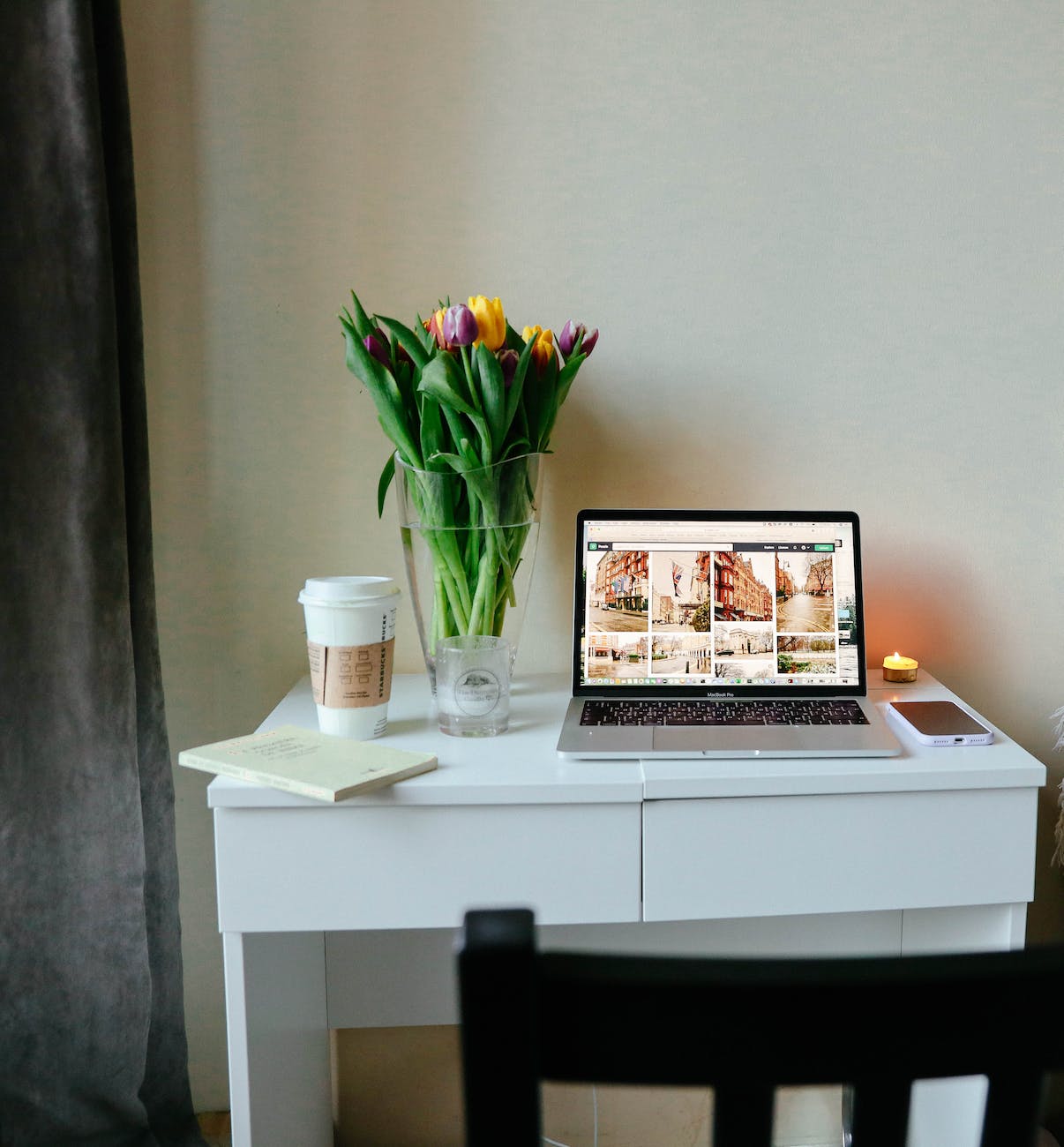
Perfect Desk
As a software engineer who has spent a fair share of many hours in the office environment furiously typing away at my keyboard, I am very aware of the struggle of being in discomfort and having fatigue. After having had enough of the misery of the office sitting life, I embarked on a journey to solve this difficult problem that so many office dwellers have. One of the many solutions is the perfect desk ratio. Let’s dive in.
In the past few years, there has been a serious surge of interest in office equipment like standing desks that make it easier to find comfort in your home workplace. Companies in general have begun to jump on this bandwagon and claim that products like a standing desk can actually boost energy levels, increase production, and more. With the documented and studied health risks of obesity, heart disease, and other horrible ailments, it’s really no wonder the stand up desk revolution has made its mark on mankind.
As with any other modern trends, it is important that we really weigh the evidence given and compare and contrast other methods of long term work environment equipment and see which one really is really as healthy as claimed.
The honest truth is that even prolonged standing can have serious health repercussions such as lower back pain, varicose veins and even cardiovascular issues due to the strain it puts on the circulatory system. So where does this leave us?
The answer is in the combination of sitting and standing. In this long sought after quest for optimal health and productivity, we have to aim for a desk ratio that combines the benefits of both and minimizes the risks that are associated with both. Here are important tips on how to achieve both:
Try starting with the 1:1 ratio: This involves alternating sitting and sitting every hour. Remember everyone is different, so what works for a coworker may not work the same way as intended for you.
Listen to your body: Your body is great at letting you know when something isn’t right. It will alert you with the feelings of fatigue, uncomfortability, and soreness. Staying in any position regardless of whether you think it’s healthy, may actually not be and this is evident through what your body is telling us.
Invest in a quality adjustable desk: Switching from standing to sitting will be significantly easier if you invest in a desk that allows you to easily do so. Look for models that give you this seamless ability and will maximize your ability to find comfort. For example, the SmartDesk Core from Autonomous.
Prioritize ergonomics: This goes without saying, but for those in the back, it’s essential to maintain proper ergonomics to get you closer to the desired result of comfort and health. Use a comfortable ergonomic office chair with proper support, keep your keyboard and mouse at a comfortable length away from you, and angle your screen to make it easy to see in order to reduce neck strain.
Incorporate separate movement: Make sure you move around your office area or even take breaks and head outside. Taking breaks and moving around is an important step to keeping yourself healthy.
Track your progress: Use an app or even a timer to keep track of the amount of time you are standing or sitting in position. This will ensure you’re not in one position for too long and allow you to move within your allotted time.
Be patient and flexible: This is a process like any other. It will take time and patience to fully realize and meet your comfort, health, productivity, and general workplace happiness goals.
It’s essential to realize that there is no perfect one size fits all perfect desk ratio. Everyone’s needs are different depending on a variety of factors like age and weight. By experimenting with different levels and time allotments of sitting and standing, it will be exceedingly more easy to finally get to a place of healthier habits and higher productivity. The only thing is, you can’t find the perfect ratio for you unless you start now. Don’t be afraid to try various different approaches and forms of adjustments to really hone in on what your personal needs are. In the end, it will be better for your health, your productivity, and happiness.






